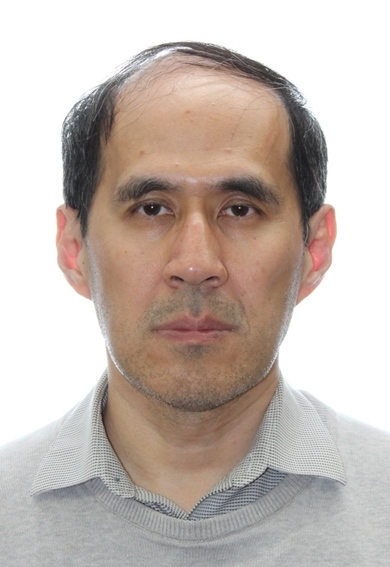Conceiving Noise: Transformation from Disturbing Sounds to Informational Errors, 1900-1955
The Communications Group at the University of Toronto, in collaboration with the IEEE Communications Society, Toronto Chapter are happy to host the seminar titled "Conceiving Noise: Transformation from Disturbing Sounds to Informational Errors, 1900-1955" given by Prof. Chen-Pang Yeang, from the Institute for the History and Philosophy of Science and Technology, University of Toronto.
In this talk, Prof. Yeang examine the historical origin of the attempts to understand, control, and use noise at modern times. Today, the concept of noise is employed to characterize random fluctuations in general. Before the twentieth century, however, noise only meant disturbing sounds. In the 1900s-50s, noise underwent a conceptual transformation from unwanted sounds that needed to be domesticated into a synonym for errors and deviations on all kinds of signals and information. Prof. Yeang argue that this transformation proceeded in four stages. The rise of sound reproduction technologies—phonograph, telephone, and radio—in the 1900s-20s prompted engineers to tackle unwanted sounds as physical effects of media through quantitative representations and measurements. Around the same time, physicists developed a theory of Brownian motions for random fluctuations and applied it to electronic noise in thermionic tubes of telecommunication systems. These technological and scientific backgrounds led to three distinct theoretical treatments of noise in the 1920s-30s: statistical physicists’ studies of Brownian fluctuations’ temporal evolution, radio engineers’ spectral analysis of atmospheric disturbances, and mathematicians’ measure-theoretic formulation. Finally, during and after World War II, researchers working on the military projects of radar, gunfire control, and secret communications converted the interwar theoretical studies of noise into tools for statistical detection, estimation, prediction, and information transmission. In so doing, they turned noise into an informational concept. Since the grappling of noise involved multiple disciplines, its history sheds light on the interactions between physics, mathematics, mechanical technology, electrical engineering, and information and data sciences in the twentieth century.
Date and Time
Location
Hosts
Registration
-
 Add Event to Calendar
Add Event to Calendar
Loading virtual attendance info...
Speakers
 Prof. Chen-Pang Yeang of Institute for the History and Philosophy of Science and Technology, University of Toronto
Prof. Chen-Pang Yeang of Institute for the History and Philosophy of Science and Technology, University of Toronto
Conceiving Noise: Transformation from Disturbing Sounds to Informational Errors, 1900-1955
Biography:
Prof. Chen-Pang Yeang is an associate professor at the Institute for the History and Philosophy of Science and Technology, University of Toronto. Trained both in electrical engineering and the history of science and technology, he does research and teaching in the history of physics, electrical engineering, information and computer science and technology in the 20th and 21st centuries. He published Probing the Sky with Radio Waves: From Wireless Technology to the Development of Atmospheric Science (University of Chicago Press, 2013). He is completing a book on the history of noise. In addition, he is undertaking a research project that uses the material replication of Heinrich Hertz’s radio-wave experiment as a means of historical inquiry, and another project on the grassroots innovation in information and computing technology in the US and China.

